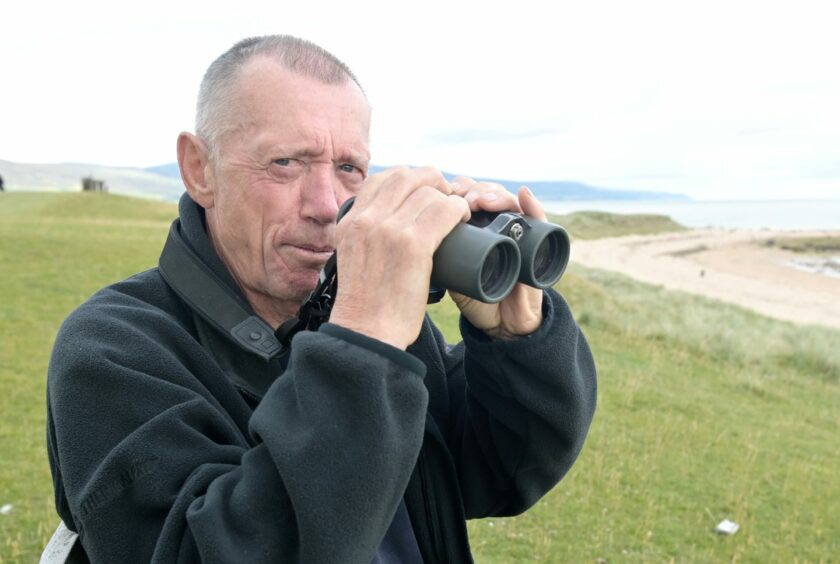Braced for what could be one of the most severe winters for bird flu on record, Nature Scot has set up a nationwide network to monitor migrating geese and wintering waterbirds arriving in Scotland.
Data will be collected from its own site managers as well as from the RSPB and hundreds of bird-counting volunteers who have a long history of monitoring local sites up and down the country.
Nature Scot hopes information will flow fast so that action can be taken sooner to slow the transmission of the virus, which has caused havoc and mass deaths across wild bird populations this year.
Conservationists ‘very concerned’ about bird flu raging
The current H5N1 strain had a devastating impact on seabird populations this summer.
Those summer colonies have now dispersed, but there are fears rising regarding migrating goose populations and other waterfowl and waders which carry different strains of the virus along their migration routes.
Last winter, a large outbreak in Svalbard barnacle geese around the Solway Firth wiped out a third of that population, but species such as pink-footed geese were not impacted as heavily.
Alastair MacGugan, Nature Scot’s wildlife management manager, said: “As we head into the winter months, we are still very concerned about the potential impact of avian flu on our wild bird populations and we remain vigilant to ensure we can respond to the evolving situation.
“We’re monitoring wintering goose populations very closely for avian flu and are working with colleagues in Iceland and Norway to identify cases in migrating populations.
“Here in Scotland, we’ve set up a network of site managers and volunteers to provide real-time reporting on what is happening out in the field, helping us take swift and targeted decisions.”
Strong goose count at Cromarty Firth
Tain-based retired geography teacher Bob Swann leads a 50-strong network of bird counters along the Moray Firth, and is the British Trust Ornithology’s representative for the Small Isles.
He said his recent count of migratory pink-footed geese on the Cromarty Firth at Alness Bay would suggest positive news for the species in the area so far.
He said: “I should think the ones that had bird flu before they came here were not able to make the journey.
“I counted 7500 pink-footed geese at Alness, that’s the most I have ever counted there.
“The numbers have gone up and up but then again, their numbers are going down at the other side of the Cromarty Firth, so I suspect they are just redistributing.”
See also:
- Scottish bird flu deaths are tailing off — but winter fears remain
- The Scottish Government’s guidance on spotting and reporting bird flu




Conversation